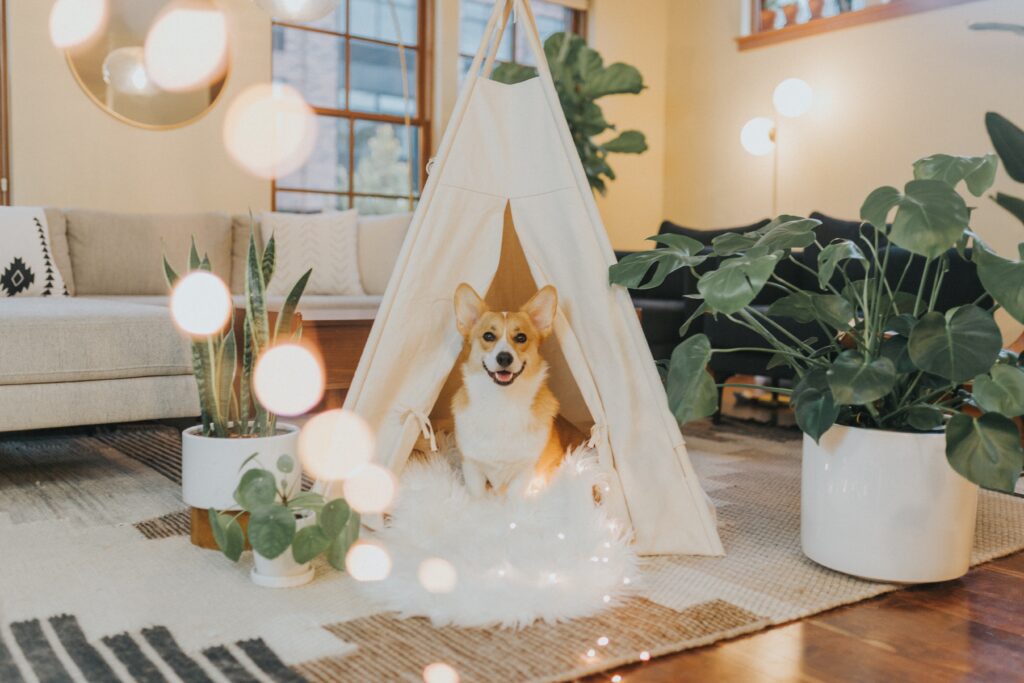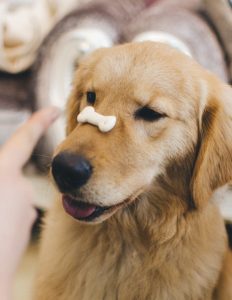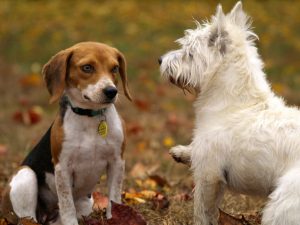Need help with Reactive Dog Behaviour? Join my FREE Facebook support group...
5 Ways to stay calm(er) when walking a reactive dog!
We all know we should stay calm(er) when walking a reactive dog but that’s easier said than done. Here’s why it’s important to manage our own anxiety, and a few ways to help!
Empathy is communication tool!
Imagine your friend walks ahead of you. They suddenly stop moving and their body goes stiff. They don’t speak. Don’t move. They just stare straight ahead. You don’t need to be Derren Brown to know something is wrong.
As an empathetic creature we are able to recognise emotions in other and mirror them. Our dogs have this ability too. But why?
Your friend is now in fight or flight mode. She doesn’t need to tell you want’s wrong. But you can see she’s worried, so you probably should be too. By mirroring her reaction, you are able to get ahead and prepare for whatever has unsettled her.
In a survival situation this could save your life. Being able to read the emotions of others can give you the heads up on a problem. You don’t need any knowledge of the situation. In fact, trying to figure out what’s happening could slow things down. So, we are programmed to mirror those around us. It doesn’t matter what’s wrong, what matters is that you are ready!

We can’t switch it off
It’s a survival tool, so we can’t switch it off, that would be dumb. But it does mean that we respond to any signs of anxiety as if it were life and death.
Our dogs are the same! Let’s imagine we take our dog for a walk in the park. You see a dog in the distance that you know your dog hates. You immediately imagine all kinds of outcomes and you become anxious. Your dog notices your anxiety and mirrors it. Just like with your friend, he has no idea what you know. He can’t even see the other dog. But. if you are tense, so should he be. As your anxiety rises, so does his. You are now both in fight or flight mode and, by definition, ready for a fight, or a quick escape!
We know that when in fight or flight mode, our brains aren’t thinking and planning. Fight or flight mode is an emergency system designed to make fast, reactive decisions that keep us safe. It won’t weigh up the options it’ll just react and ask questions later.
So, it’s no wonder our dogs are ready for a fight by the time we meet up with the problem dog. We are confused as to why our dog reacted so strongly when the other dog did nothing. But when you think about it, it makes perfect sense. He’s been looking for a fight since you first stiffened up!
So how do we stop it?
Empathy works in all ways. Just as we can mirror anxiety, we can also mirror calm. So if we can find ways to make ourselves appear calmer, our dogs can mirror that behaviour instead. Of course, we can’t just switch off anxiety (I wish), but there are a few things we can do to help ease it!
1. First, don’t look!
We are very visual creatures. Even images we create in our minds can make us anxious. This is one reason PTSD is so problematic. The more we stare at the other dog, the more important that dog becomes and the more anxious we get. Instead, look in the exact opposite direction and fix a stare on something completely innocent, like a litter bin or tree!
Staring also draws attention to the problem. In the first example, our anxious friend stopped and fixed a stare. This is a very important visual clue about where the problem is! Our dogs can read this too, and if we’re not careful they will soon notice a pattern based on where we look.
2. Think about something else!
Our brains can’t tell the difference between what’s real and what’s imagined, so both trigger the same emotional reaction. The longer we think about the situation, the more anxious we get about it. Singing silly songs like happy birthday, crazy frog, or the baby shark song can really help.
3. Shake it out!
Our muscles stiffen as we get anxious, this is a clear sign to our dogs that something is wrong. Having a little shake out and loosening that grip on the lead can clear away some of that tension before it starts to build up. And, it’s not just our arms and legs that need loosened up. We also tend to hold out breath, so don’t forget to exhale too!
4. Keep a safe distance
Just like your dog, you will feel safer when there is some distance between you and the things that make you anxious. So, keep out the way of stuff you don’t like.
Likewise, if the park is full of off-lead dogs, find somewhere else to go. Or if you often get trapped on narrow paths then find another route. Putting yourself in situations like these will mean you won’t even need a specific trigger for an anxious response, your imagination will do that for you! And, it won’t take long for your dog to think that even just being outside is a problem.
5. Make a plan
Finally, having a strategy will keep you distracted and focused on your dog, instead of the trigger. This has a double benefit of keeping you calm, which keeps your dog calm. Whilst also creating a positive experience for you both to learn from. Win-win! So get help from a behaviourist that is experienced with reactive behaviour and put a training plan together.
Keep calm and carry on!
We know that we can’t switch off mirroring, but by understanding this empathetic connection, we can use it to help our dogs. By managing our own anxieties via redirecting our focus, avoiding visual triggers, shaking off tension, and creating a plan, we can start to create positive experiences for both ourselves and our dogs.
Are you struggling with your dogs anxious behaviour?
Private Dog Behaviour Consultations are currently available in the greater Dundee area and beyond, or via zoom when further afield. If you are looking for help solving your dogs behaviour and training problems, then please get in touch!
Also, check out my online programmes and courses!

